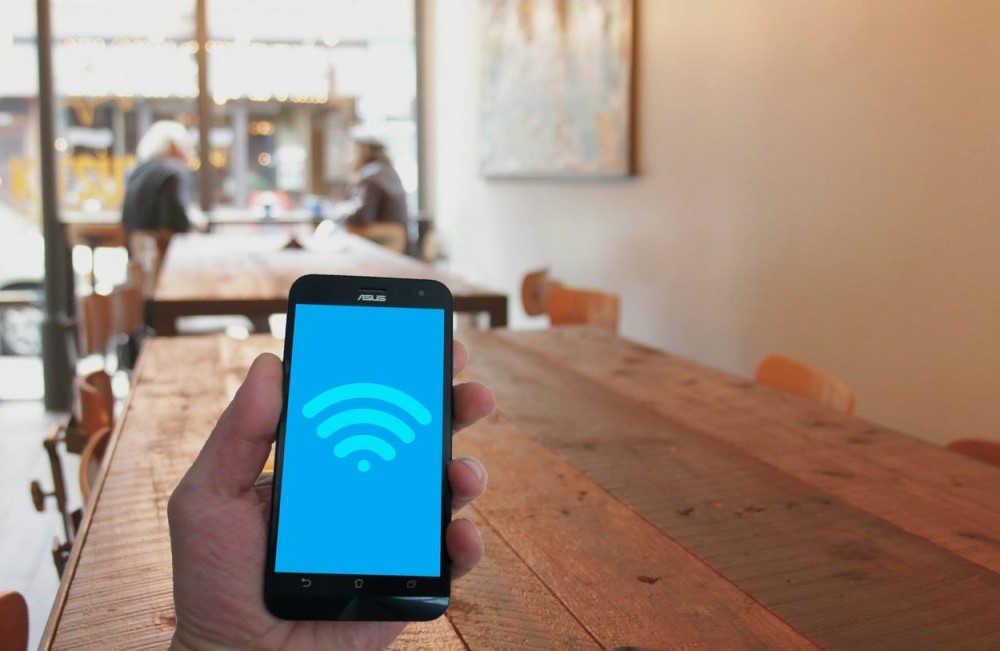
Date First Published: 5th February 2022
Topic: Computer Networking
Difficulty: EasySubtopic: Network Services
Difficulty Level: 3/10
Learn more about what a hotspot is in this article.
A hotspot is a physical location that allows users to receive a Wi-Fi connection and internet access, usually for free on a wireless LAN with a router connected to an ISP, although some can require payment or it may only be free for a limited period of time. Hotspots are useful for connecting to the internet with portable devices, such as smartphones, tablets, and laptops in public places as they eliminate the need for the use of mobile data, which can lead to charges by mobile service providers. In addition, they allow for portability of internet connection, since someone's home network cannot 'come with' them. In other words, hotspots allow users to perform online tasks, such as checking their emails or browsing the internet whilst they go out without consuming any mobile data.
Hotspots are often found in public places, such as shops, airports, hospitals, museums, libraries and they are a form of public Wi-Fi, since it is accessible to anyone and the device connects to the ISP of the cafe, shop, airport, etc. All that is required to connect to a hotspot is a portable device that has wireless network capabilities. As of now, there are millions of hotspots around the world.
Some hotspots are known as 'commercial hotspots', which means that these require payment in order for them to be used. Commercial hotspots may include a login screen that is redirected to an authentication or payment page, which includes a payment option by a credit/debit card or PayPal. In addition, hotspots may include data analytics tools that collect data from the users of the Wi-Fi.
A private hotspot, also known as a personal hotspot or tethering, provides internet access to other devices using Bluetooth pairing or the RNDIS (Remote Network Driver Interface) protocol over USB in order to share the internet connection of a mobile device with other connected devices using a mobile data plan even when the device sharing the internet connection has no Wi-Fi or mobile network capabilities.
Hotspots can be convenient for connecting to the internet when going out. However, the security of them can be questionable. They are definitely not as secure as home networks as free hotspots are accessible to anyone, meaning that someone could peek at the data sent. This becomes an issue when sensitive information is sent, such as credit/debit card numbers or passwords. Paid hotspots are usually more secure than free hotspots as they have restrictions on who can use them, since they require a fee, but they are still not as secure as home networks as they are used by more people.
In August 1993, the proposal of publicly accessible LANs was carried out by Henrik Sjoden, which took place in the NetWorld+Interop conference in The Moscone Center in San Fransisco. A business that was established in Richardson, Texas that was known as PLANCOM (Public Local Area Network Communications) was the first commercial enterprise to attempt to create a public LAN. It was one of the first businesses that signed specific public access locations.
If so, it is important that you tell me as soon as possible on this page.
Network Services Network Setups Network Standards Network Hardware Network Identifiers Network Software Internet Protocols Internet Organisations Data Transmission Technologies Web Development Web Design Web Advertising Web Applications Web Organisations Web Technologies Web Services SEO Threats To Systems, Data & Information Security Mechanisms & Technologies Computer Hardware Computer Software Ethics & Sustainability Legislation & User Data Protection